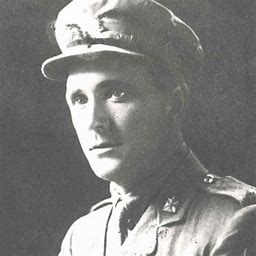St Joseph’s Catholic Church Historic Site 1906
- 91 Johnston Road, Yarloop WA 6218
- Open 24 Hours
Formerly St John the Baptist, it was designed by Mr Finlay and built by Mr Campbell. The wooden building was blessed and opened by Fr Donagher on St John the Baptist’s Feast Day, Sunday, 24 June 1906.
Father John Fahey was the first resident priest in the district. He was based in Yarloop where he ministered for five years from 1909.
The last Mass to be held in the Church was on Christmas Eve 2015.
The State Heritage listed church and caretaker’s cottage were destroyed during the 2016 Bushfires. The altar stone, chalices, the ciborium, communion trays, and the tabernacle were all that were retrieved from the ashes and rubble.

Credit: ANZAC War Heroes
Yarloop’s first resident priest was an Australian War Hero.
Born in Ireland, on a dairy farm, to devout Catholics, John embraced his passion for Latin and Greek to embark on a Religious pathway, to which he had a calling. He enrolled at the Brignole-Sale Seminary in Genoa, Italy to commit to studies for the priesthood and was ordained a Priest in 1907, at the age of 24 years. From there , he headed to Australia to pursue missionary work.
In 1909, he was appointed to the Parish of Yarloop (including the towns of Harvey, Jarrahdale, Pinjarra, Waroona & Yarloop ) where he worked for the next five years. Father Fajey was renowned in the region as a highly competent all-round sportsman, and a very fine shot on the rifle range, where he practiced regularly.
He served during World War 1 and was the only serving chaplain at Gallipoli to receive a combat medal, the Distinguished Service Order. Despite orders and protocol to the contrary, Father Fahey was one of the first to land at Gallipoli, wanting to be with his boys of the 11th Battalion.
By the end of the war, he was also the longest-serving Chaplain.